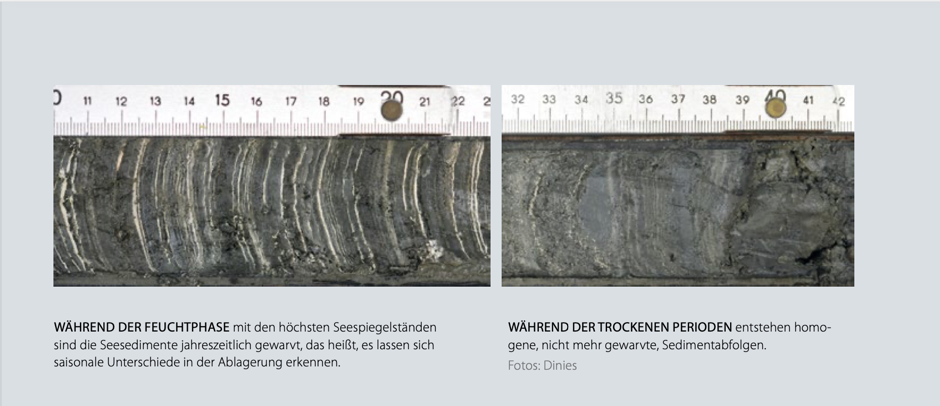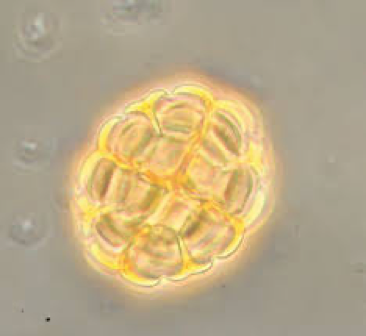Development of a register hub for climate data in archaeological research at the DAI
Archaeology has a crucial role in accumulating knowledge of past climates. Through various archaeological excavations, the DAI has collected data from natural archives that can be used for climate research, such as by climate reconstruction.
Natural archives that indicate climate during their formation are called proxies. For example, boreholes from tree rings, lake sediments, or pollen can provide this type of data. These data can be used to derive conclusions about past climate and contribute to climate research. Since the DAI’s scientific data derive from a variety of sources, they need to be standardized at first and integrated subsequently into the DAI infrastructure before the data can be made available for further use.
As part of the Linked Archeo Climate pilot project, a selection of proxies generated by the DAI will now be compiled and made available following the development of a prototypical platform related with the idai.world infrastructure. For this purpose, a linkage to the digital iDAI archives iDAI.geoserver, iDAI.gazetteer and iDAI.chronology is targeted.
Within this project a consistent ontology will be developed: Certain technical terms are adopted to describe the proxies, i.e. uniform metadata is assigned to the data. The ontology will be based on existing standards for data from natural climate archives. The Paleoclimate Community reporTing Standard (PaCTS 1.0.) could be suitable for the proxy data collected at DAI, as it integrates subject-specific standards, such as the tree-ring data standard (TRiDaS).
A publication is planned at the end of the project. The project aims to make a significant contribution to the processing and availability of scientific data at the DAI and enables scientists at the DAI to query and search the datasets.
Currently, the project is in its first phase, which is characterized by research work. Therefore, we are looking for research projects that would be appropriate as use cases. If you have suitable data or would like to support us in conceptioning the prototype as well as the processing of climate data at the DAI, please contact Clara Nitzsche (clara.nitzsche@dainst.de).


Project members
Dr. Christin Keller (Projectmanagement)
Clara Nitzsche
Christoph Forster

